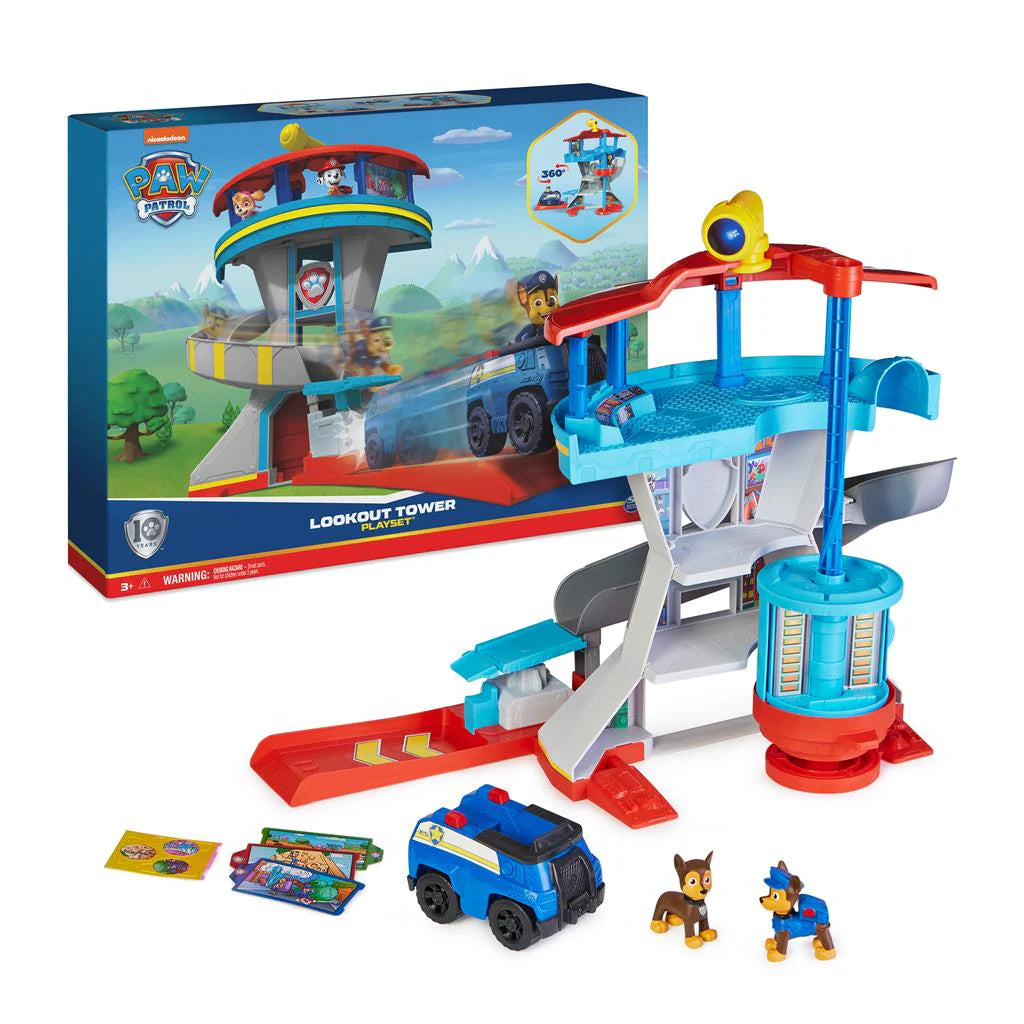7 Ways to Help Develop Fine Motor Skills in Children
7 Ways to Help Develop Fine Motor Skills in Children

Are you ready to play? We are! Play is the best way you can help develop your child’s fine motor skills. It provides plenty of modelling behaviour and hands on play opportunities. Play is also fun and as parents, we all want our kids to enjoy their learning experiences and develop a positive attitude towards all new learning. We’ve put together a list of seven fun and simple ways you can help develop your child’s fine motor skills. Let’s get busy …
Why Are Fine Motor Skills Important?
Fine motor skills are the physical tasks our kids do using the small muscles of their hands, thumb and fingers. This includes things like holding a pencil, doing up a zip or feeding themselves with a spoon. It’s important to learn these skills because they will ultimately help your child to become more independent in their daily tasks and help them do different activities efficiently.
Some of the most common examples of fine motor skills in children include:
- Using felt or marker pens with a pincer grip
- Constructing towers or building with blocks
- Self-care practise by dressing and undressing dolls
- Manipulation of jigsaw puzzle pieces
7 Fun Activities Which Build Fine Motor Skills

Our top seven activities to help improve a child’s fine motor skills include:
- Playdough – whether you make it at home or grab some of our Paulinda Super Dough, there is nothing better to help build little finger and hand muscles. By manipulating playdough, a child practises using new muscles and learning new skills through play.
- Threading – grab some pipe cleaners and a range of large hole beads. Show your child how to push the bead onto the pipe cleaner, but remember to supervise this activity due to small objects being used.
- Painting – not only is holding the paint brush something to learn, but so is getting the paint onto the piece of paper!
- Sorting – pegs work well for this activity. Put a collection of different coloured pegs in a bowl and help your child to group them according to colours.
- Jigsaw Puzzles – not only do children need to identify where the pieces go, but there is a lot of manipulation of each piece for little finger to do too.
- Manipulation Toys – being able to move, twist and build different things is a great way to build finger dexterity in kids.
- Cutting – being able to hold and cut along a line with scissors demonstrates a high level of fine motor skills. Cutting out pictures from junk mail with scissors to play shops is a fun way of practicing this skill.
Don’t stress if your child can’t do something another can. Some tasks may be mastered quickly, with others requiring plenty of practice. The most important thing though is to relax and have fun!




Fantastic ideas! Thanks for sharing.
Leave a comment